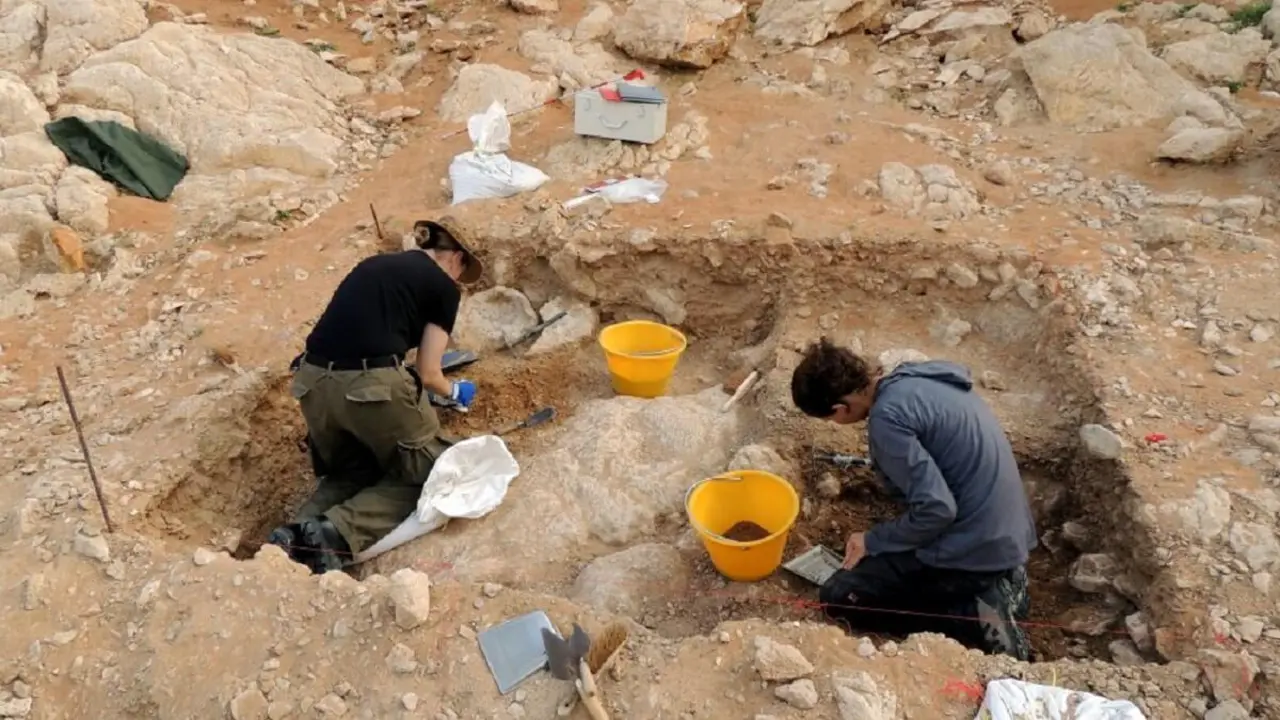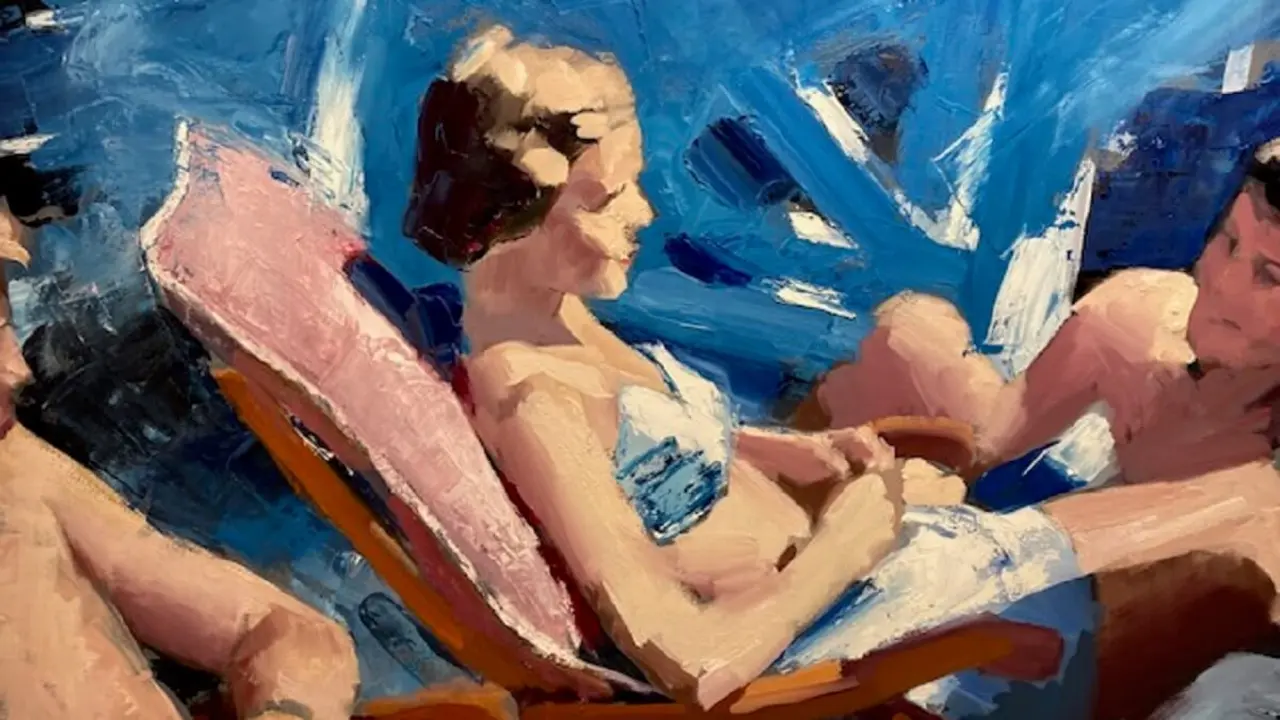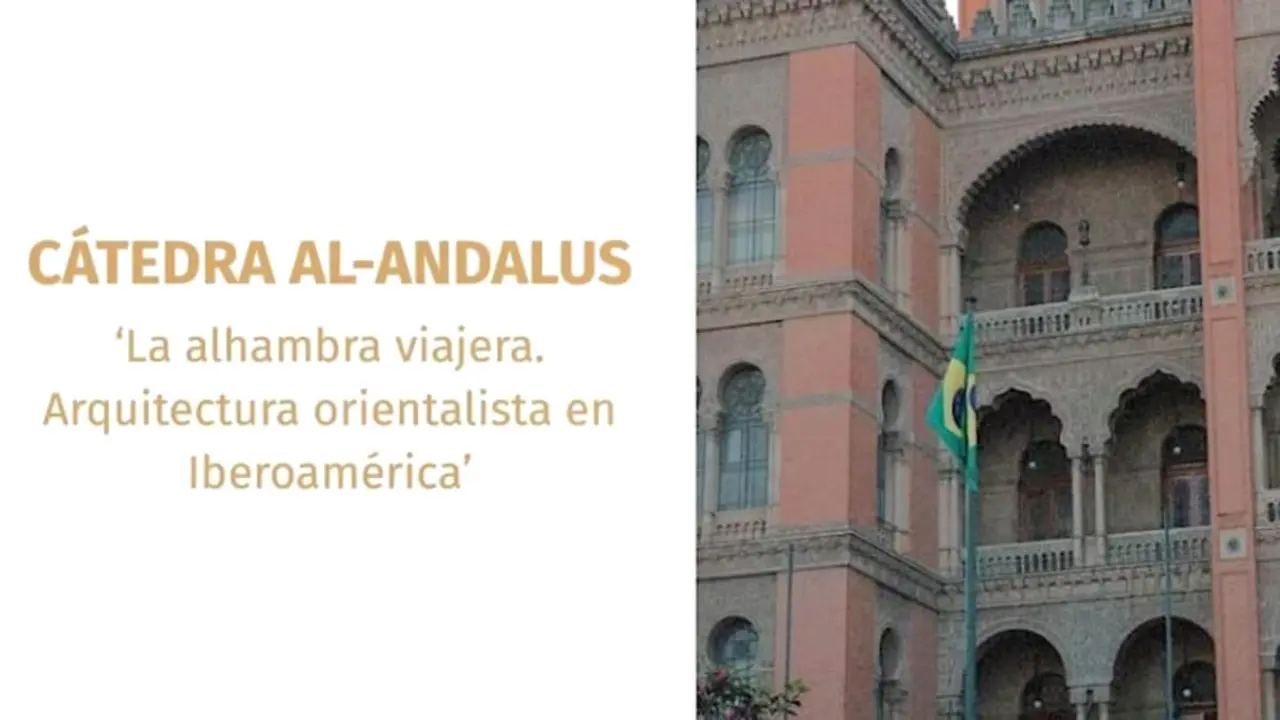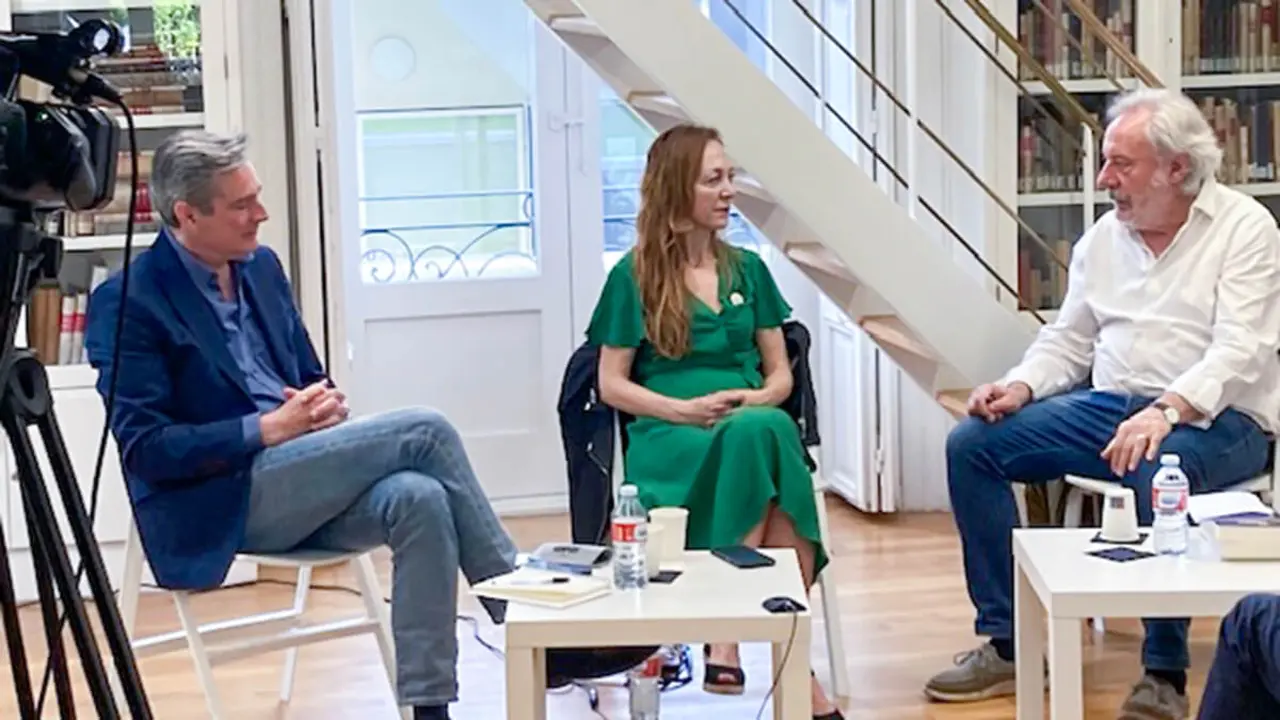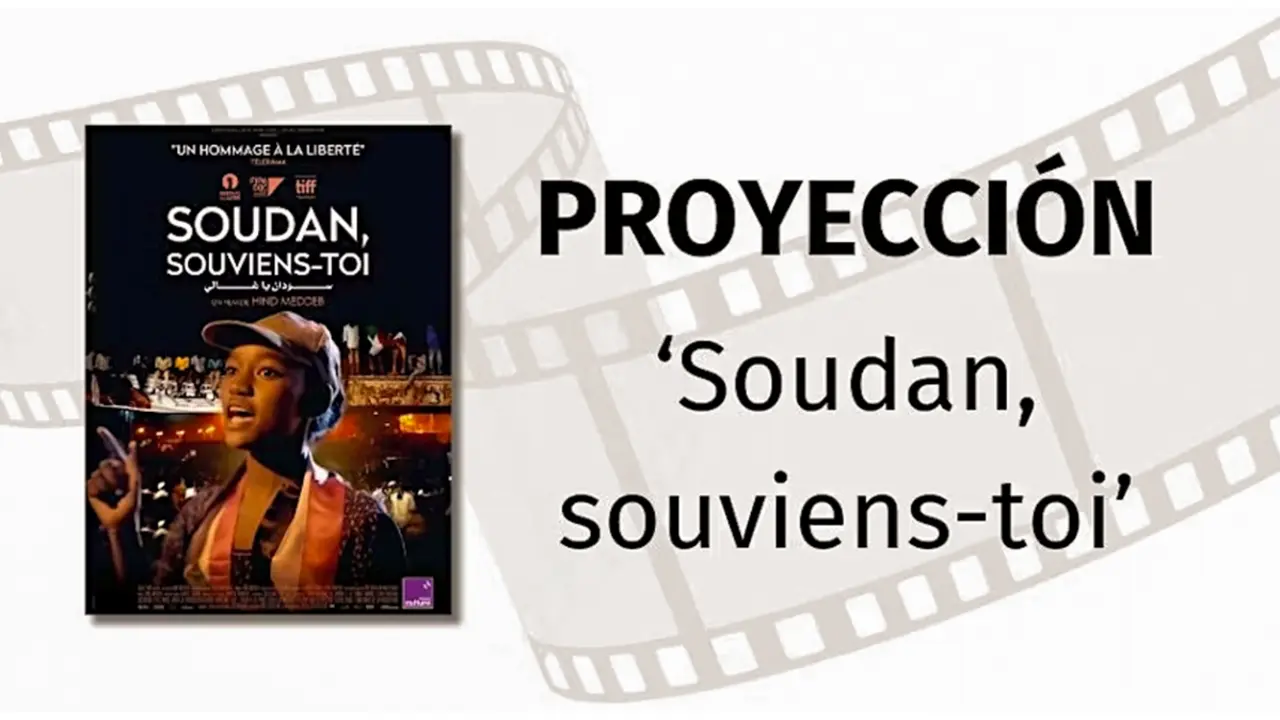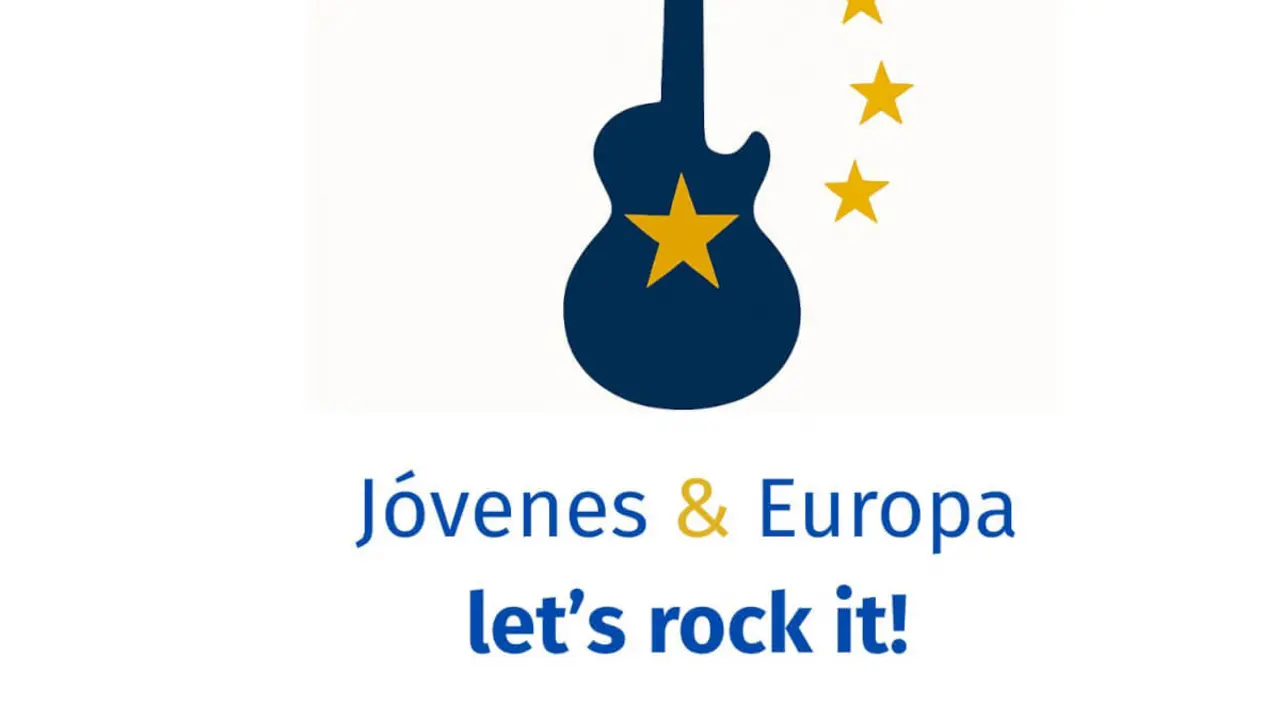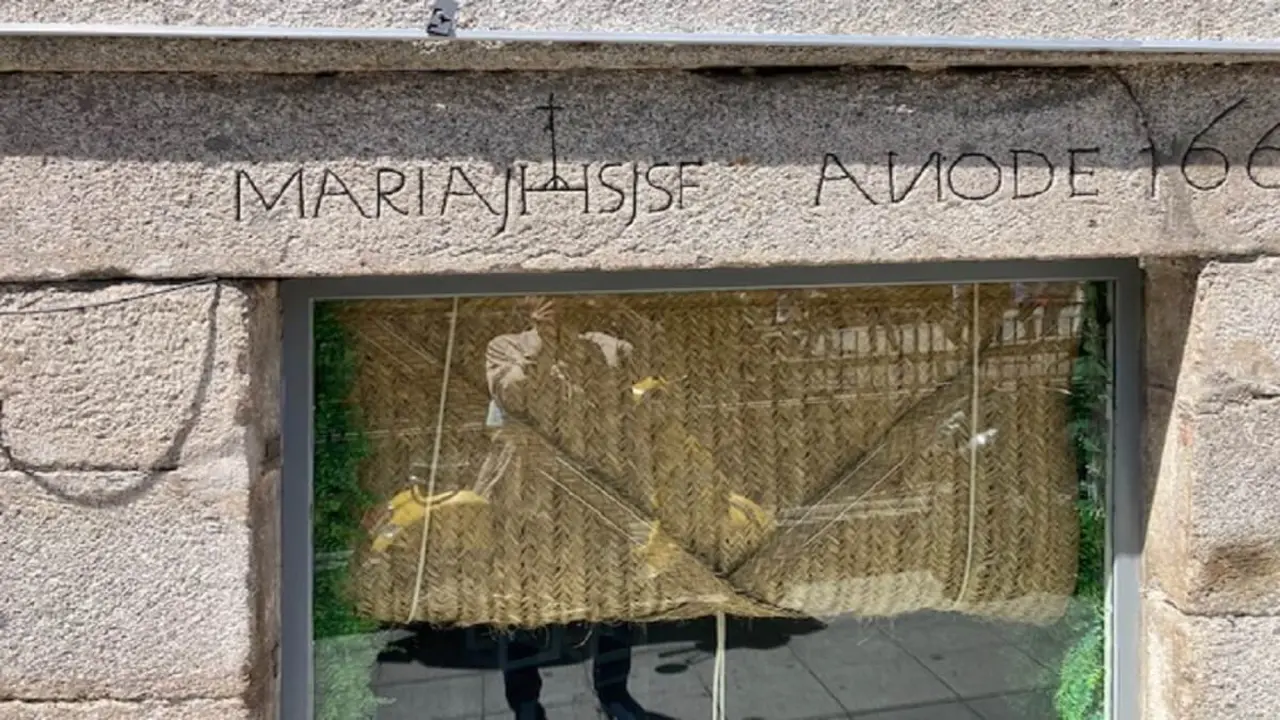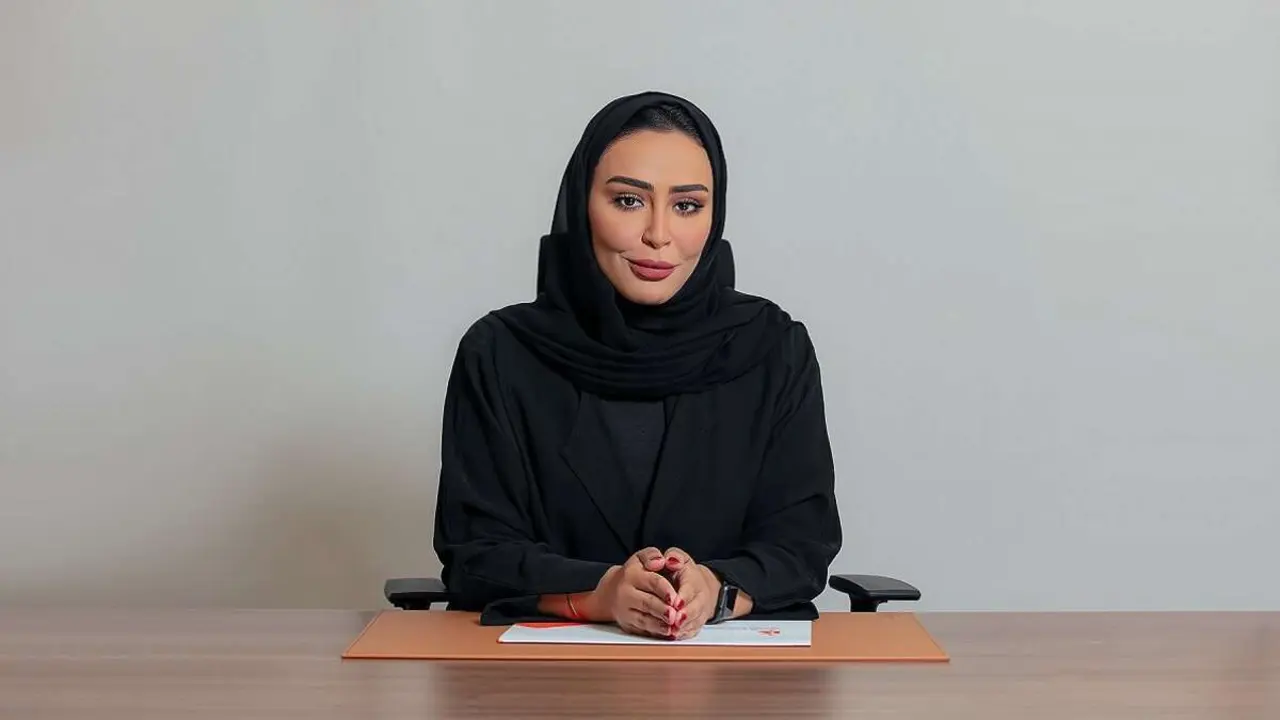Santander and United Arab Emirates

On 30 October, the second day of the virtual cultural seminar 'Public Diplomacy and Cultural Cities' was held at the Palacio de la Magdalena in Santander, directed by José María Peredo Pombo, Professor of Communication and International Policy at the European University of Madrid, and Javier Fernández Arribas, Director of the magazine Atalayar. The seminar, which was attended by, among others, the Ambassador of the United Arab Emirates (UAE) in Spain, Majid al-Suwaidi, was the first contact between the city of Santander and the Arab country, and laid the foundations for future cooperation between both actors in cultural matters.
During his speech, Ambassador Al-Suwaidi presented the Emirate's project for the next 50 years. This is a project, as is well known, of economic diversification that seeks to reduce the country's dependence on oil revenues, but also a modernisation project that aims to achieve technological development that is also sustainable. This is why the UAE is seeking to assert itself as an economic, political and cultural reference. Al-Suwaidi has focused on the latter component, and has defended the UAE's cultural commitment by showcasing some of Abu Dhabi and Dubai's best-known cultural initiatives.

In Abu Dhabi, the cultural district of Saadiyat Island should be highlighted, where the famous Louvre Museum of Abu Dhabi is located - opened in November 2017 - and where other important museums are being built, such as the Guggenheim in Abu Dhabi and the Zayed National Museum, which will show the history and transformation of the country, in memory of Sheikh Zayed bin Sultan al-Nahyan. In the case of Dubai, it is important to highlight its Universal Exhibition 2020, whose opening has had to be postponed until next year due to the COVID-19 pandemic. This exhibition should be understood as a cultural springboard with which the UAE seeks to assert itself internationally as a major economic, cultural and political player.
With this analysis in mind, the two panels of speakers that made up the seminar initiated a conversation on cultural diplomacy, linguistic landscaping and cultural management, the main objective of which was to convey the importance of public diplomacy and culture as catalysts for cooperation and understanding between different societies. In addition, the aim was to give economic and cultural impetus to Santander, a city with great potential in the cultural, economic and social spheres.

This is the opinion of Mohamed Alameri, president of the Hispano-Emiratine Club 'Casa del Profesor', founded last year. Cultural diplomacy consists of creating links between different communities and strengthening the climate of understanding and trust between them through cultural initiatives. The UAE seeks to be a global soft power, that is, it wants to become a relevant actor on the international scene and influence the actions or interests of other states through the use of cultural diplomacy and other instruments that do not include the use of military force. Culture takes on unprecedented importance in the aim of building friendly relations with other state actors. Alameri has therefore argued that knowledge of and familiarity with other cultures brings both social and economic benefits. In practice, the importance of the Spanish language and culture for a country like the UAE, which, as mentioned above, is seeking its place of influence on the international stage, lies in the fact that Spanish is the second most widely spoken language in the world. An example of how the club works on these Spanish-Emirati relations is through the provision of Spanish language courses. It is this type of initiative that the seminar seeks to promote between Santander and the UAE.

A very valuable contribution has been made by Luis Guerra, Professor of Spanish Language at the European University of Madrid. Indeed, language is a fundamental component of a society's culture. An instrument for better understanding societies is the linguistic landscape, that is, the words that appear in all kinds of public spaces, from shop signs to institutional information. We can understand this language as a clue to cultural diversity and coexistence, as well as to socio-cultural combinations. There are monolingual, bilingual and multilingual spaces, the latter being an indicator of high numbers of tourism and immigration. These landscapes change over time, depending on the movements of populations that take place, but it is important to note that their study can be very useful in understanding the composition of communities and understanding which cultural elements predominate in each city.
But returning to the analysis of the cities that have occupied our attention in this seminar, what can Santander offer? We are talking about a city with a wealth of enormous natural and cultural heritage, with enormous potential - not always well exploited and put to good use - in the field of culture and international collaboration in the field of university and knowledge. Since the inauguration of the Botín Centre in 2017, Santander has been in a moment of "explosion of great cultural artifacts" - as the speakers at the second table have expressed - and is already preparing its transformation to become the capital of the arts in the north of Spain. The Botin Centre is joined by the Lafuente Archive, the Pereda Project and the Museum of Modern and Contemporary Art of Santander and Cantabria (currently closed for renovation). Furthermore, if all goes well, in the next few years the Reina Sofia Museum will be added to these, which is studying, together with Santander City Council, to establish a centre associated with the museum in the city.
Who has promoted these projects? The Botín Centre, the Lafuente Archive and the Pereda Project are private initiatives. The journalist Ramón Pérez Maura, speaker at the second round table, defended the fact that this is very important and positive, as he claims that these investments contribute to placing Santander on the map of major cultural activities in the world. However, this does not mean that the public initiative is being ignored. As Angel Astorqui, cultural manager of the Platform of Cultural Enterprises of Cantabria, has indicated, public-private cooperation in this area is fundamental, and he highlights the role and investment of the town councils and local authorities as opposed to those of the autonomous communities and the State, which are less active in this field. An important conclusion is that culture has multiplier effects; it impacts on relations with other territories and with the secondary sector.

Therefore, there is room for cooperation in the area of cultural diplomacy, not only public-private but also at a global level. Cities interested in becoming international cultural references, such as Abu Dhabi, Dubai or Santander, have the potential to stand out and create projects that are attractive to a varied public. To achieve this, it is necessary to start with first contacts, where a willingness to understand, tolerate and cooperate can bring apparently very different cultures together and give way to promising projects that will turn these cities into renowned cultural spaces.

